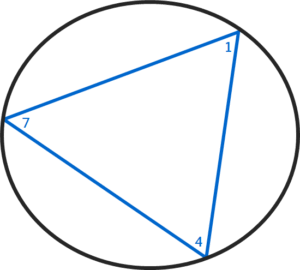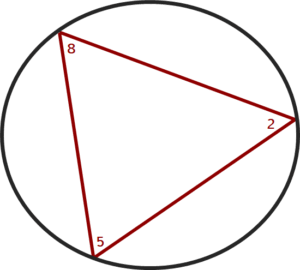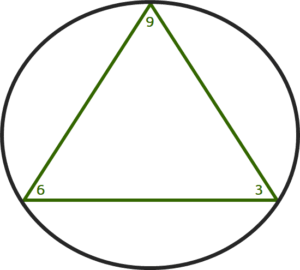 In 1986, Jeremy Irons and Robert DeNiro co-starred in a period drama called The Mission. In it, Robert DeNiro plays a mid-18th-century conquistador named Captain Rodrigo Mendoza who kidnaps natives in the eastern Paraguayan jungle and sells them to wealthy plantation owners. Betrothed to the beautiful Carlotta, he is a picture of worldly success. But upon discovering that his fiancé is having an affair with his half-brother Felipe, Mendoza challenges Felipe to a duel and kills him. Wrought with guilt, he spirals into depression.
In 1986, Jeremy Irons and Robert DeNiro co-starred in a period drama called The Mission. In it, Robert DeNiro plays a mid-18th-century conquistador named Captain Rodrigo Mendoza who kidnaps natives in the eastern Paraguayan jungle and sells them to wealthy plantation owners. Betrothed to the beautiful Carlotta, he is a picture of worldly success. But upon discovering that his fiancé is having an affair with his half-brother Felipe, Mendoza challenges Felipe to a duel and kills him. Wrought with guilt, he spirals into depression.
He encounters a Jesuit priest named Father Gabriel (played by Jeremy Irons) who offers him a path to redemption. The priest invites Mendoza to join his Christian mission to convert the very Guarani population that Mendoza has been terrorizing. Mind you, the entire mission is a dangerous prospect. The Guarani had killed a priest who’d previously attempted contact, and they would certainly bear hostility toward Mendoza. But Father Gabriel had piqued their interest through his calm demeanor and captivating oboe music and trusts that this modicum of goodwill might serve Mendoza as well. For his part, Mendoza must foreswear violence and carry his armor and sword in a bundle tied to his waist. The latter is no mean feat as the path through the jungle to meet the Guarani is rather treacherous even for one unencumbered.
Anyway, Mendoza is transformed by the journey and has clearly shed all traces of the violent opportunist he used to be. While the natives recognize their former persecutor, they soon forgive the tearful Mendoza and cut away his heavy bundle. He is released from his heavy burden.
I like that word: RELEASE. It helps me to think of forgiveness as letting go of guilt, blame, hurt, anger, and resentment, connecting with my vulnerability, and opening myself to a compassionate response – to myself and others. That release brings the freedom to be compassionate. And as one sage put it this way: “Don’t push anyone, including yourself, out of your heart.”
With this lens, I see forgiveness as a practice of unhooking from distress around past harms regardless of who the object of forgiveness might be. It’s letting go of what we would like to have happened. Someone else may or may not make amends to us, but if we hold ourselves hostage to someone else’s behavior, we cannot be free.
Lily Tomlin puts it this way: “Forgiveness means giving up all hope for a better past.”
Just reflect for a minute: When you don’t forgive, how is that for you? How is it to live with that? How is it in your body, in your nervous system? If you walk around thinking to yourself, “I hate them, I hate them, I hate them,” who is suffering?
The other party or parties do not need to know about your decision. It’s not about them. It’s about casting off the suffering that weighs you down. It’s the possibility of profound redemption and release. But it can only happen in the right way and at the right time.
I’m not suggesting that forgiveness is a one-and-done transaction. It’s unrealistic to expect that we will come to a final release around a situation, especially if we have suffered deep wounds. Rather, it’s an attitude and an aspiration that we continue to practice, even if the same stuff crops up again and again. We keep doing the work.








